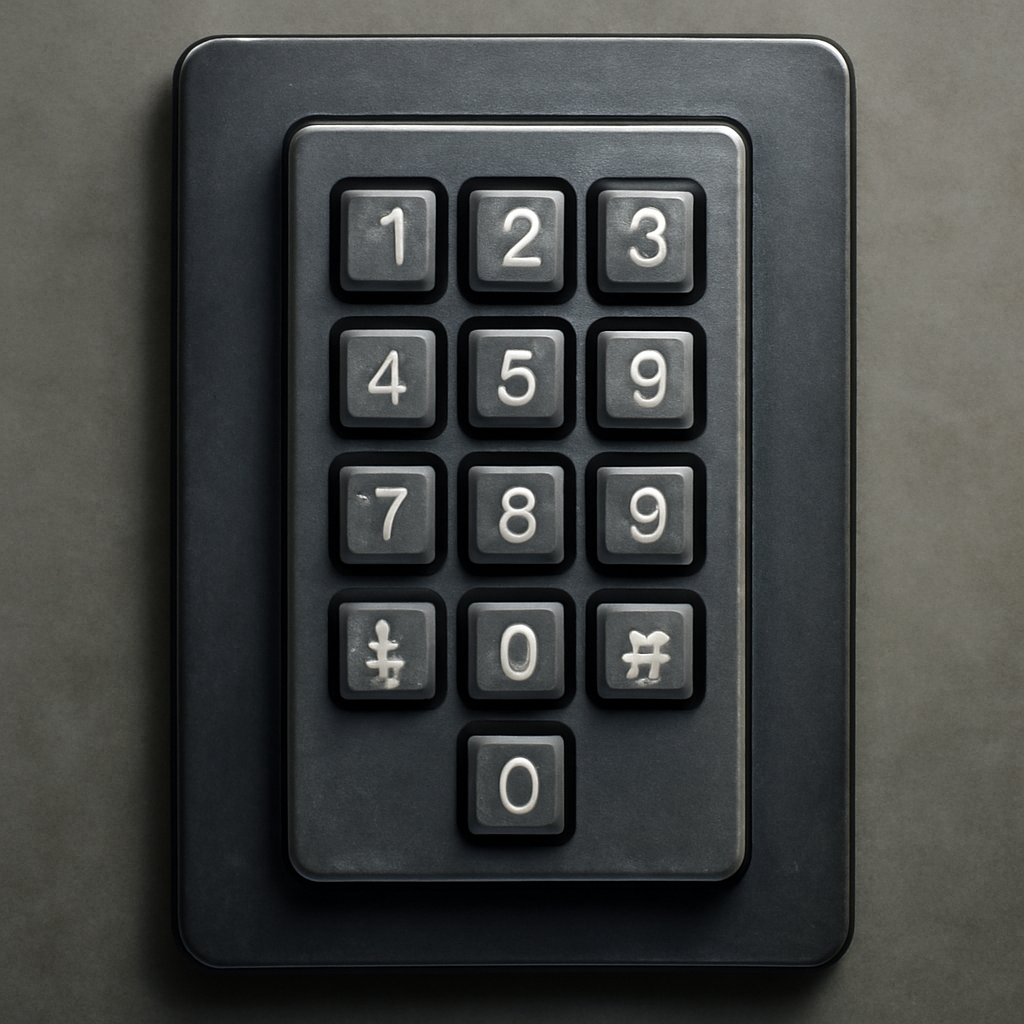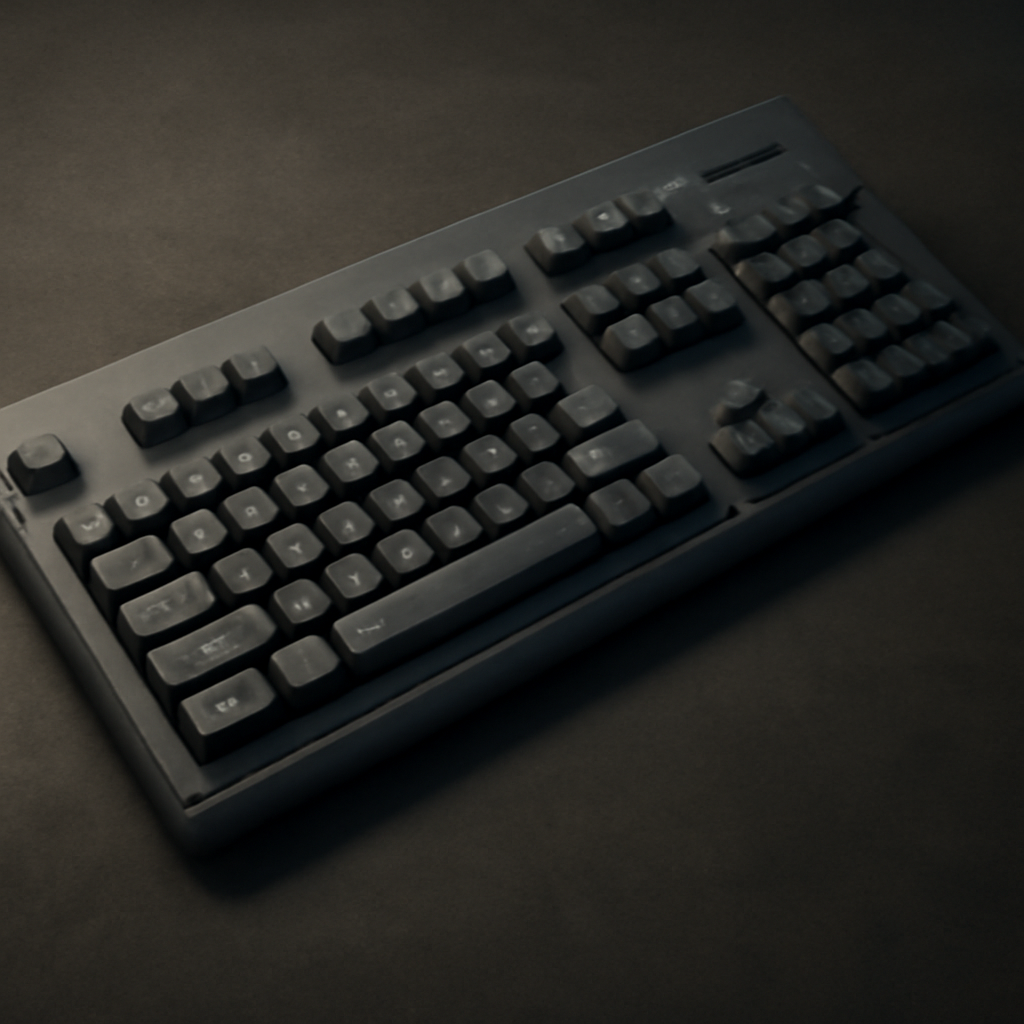Key Takeaways
- Keypads are specialized boundaries often used for numeric inputs or simple command selections, whereas keyboards encompass a broad array of key-based controls for detailed input and navigation.
- Geopolitical boundaries called “Keypad” are more limited in scope, primarily serving specific regional or functional purposes, while “Keyboard” borders are extensive, often defining larger territorial divisions.
- In the context of geopolitics, Keypad boundaries are more discrete and focused, whereas Keyboard boundaries tend to be more complex, with overlapping jurisdictions and layered demarcations.
- The visual and physical design of Keypads are minimal, often just numeric or functional keys, contrasting with the complex layout of Keyboards that include a variety of keys for different commands and symbols.
- Understanding the distinction between Keypad and Keyboard boundaries helps in analyzing geopolitical disputes, regional alignments, and boundary management strategies.
What is Keypad?

In the realm of geopolitical boundaries, Keypad refers to a specific type of territorial division, often characterized by small, focused zones of control. These boundaries are typically established for functional purposes, like administrative or security reasons, and may not encompass large geographic areas. The term “Keypad” in this context signifies a boundary that functions like a numeric keypad—simple, discrete, and easy to identify.
Localized Control Zones
Keypad boundaries tend to be localized zones, often controlling access or defining small regions within larger borders. These zones can be seen in areas where administrative control is separated for operational efficiency, such as border checkpoints or territorial enclaves. Their simplicity allows for quick identification and enforcement, making them practical for specific functions. For example, a military checkpoint might be considered a Keypad boundary, serving as a precise point of control within a larger border.
Functionally Defined Borders
These boundaries are often established based on functional requirements, such as resource management, security, or jurisdictional delineation. They may not align with natural geographic features but are instead drawn to meet political or administrative needs. In many cases, Keypad boundaries are temporary or subject to change, reflecting shifting operational priorities. For instance, a demilitarized zone used for peacekeeping might be considered a Keypad boundary, designed specifically for the purpose it serves.
Limited Geographical Scope
The scope of Keypad boundaries are generally limited, focusing on small regions rather than entire countries or continents. This limited scope facilitates easier management and enforcement, especially in conflict zones or areas with dense population centers. The boundaries are often marked with physical signs, fences, or checkpoints to reinforce their limits. This precision is crucial in areas where security and control are paramount, such as buffer zones in contentious regions.
Minimal Physical Infrastructure
Unlike more extensive borders which might feature elaborate infrastructure, Keypad boundaries often involve minimal physical structures. Fences, barriers, or simple signage usually suffice to delineate these zones. Their minimalism allows for flexibility and quick adjustments, which are sometimes necessary in dynamic geopolitical contexts. For example, a temporary security perimeter around a sensitive installation could be classified as a Keypad boundary, easily adjusted as needed.
Operational Focus in Conflict Zones
In conflict or post-conflict scenarios, Keypad boundaries serve operational purposes more than symbolic ones. They help delineate control zones for military or peacekeeping forces, simplifying command and control. This operational focus makes them vital tools in maintaining stability or managing disputes. For example, a buffer area controlled by peacekeepers could be viewed as a Keypad boundary, emphasizing function over traditional territorial claims.
Digital or Virtual Boundaries
In some cases, the term “Keypad” extends into digital or virtual boundaries in geopolitics, representing zones of control over cyber or information spaces. These boundaries are less tangible but serve as critical demarcations for jurisdiction over digital assets or data flows. Although incomplete. For instance, a cybersecurity enclave protected by specific regulations could be seen as a virtual Keypad boundary, emphasizing control over a defined digital territory.
What is Keyboard?

Within the context of geopolitical boundaries, Keyboard refers to larger, often more complex territorial divisions that define extensive regions, countries, or blocs. These boundaries are characterized by layered delineations, natural features, and political agreements that establish clear, often formal, borders. The term “Keyboard” signifies the broader scope and complexity of these boundaries, akin to a full keyboard with diverse keys and functions.
National and International Boundaries
Keyboard boundaries commonly represent nation-states or large international regions, setting the framework for sovereignty and jurisdiction. They are usually established through treaties, historical claims, or natural geographic features like rivers and mountain ranges. These borders are recognized by international organizations and serve as the foundation for diplomatic relations. For example, the border between the United States and Canada is a classic Keyboard boundary, defined by extensive agreements and physical markers.
Layered and Overlapping Borders
Unlike the simple, discrete nature of Keypad boundaries, Keyboard boundaries often feature overlapping jurisdictions, such as zones of influence, buffer areas, or zones with shared governance. These overlapping borders can lead to complex geopolitical situations requiring negotiation and diplomacy. An instance might be the boundary in Kashmir, where multiple claims and overlapping controls create layered borders.
Natural and Man-Made Features
Large boundaries frequently incorporate natural features like rivers, mountain ranges, or coastlines, which serve as natural limits. Man-made features, such as fences, walls, or demarcation lines agreed upon in treaties, also define these borders. For example, the Berlin Wall, although temporary, marked a significant man-made boundary dividing East and West Berlin during the Cold War era, illustrating how physical and political features converge in Keyboard boundaries.
Legal and Diplomatic Significance
Keyboard boundaries carry legal weight, often codified through international treaties, conventions, or diplomatic agreements. Although incomplete. They define sovereignty, regulate cross-border movement, and influence regional stability. Disputes over these borders can lead to conflicts or negotiations, making their legal recognition crucial. The border between Israel and Palestine remains a contentious example, with international law playing a significant role in its recognition and disputes.
Complex Boundary Systems
Many large borders are part of complex systems involving multiple layers such as customs zones, military demarcations, and administrative regions. These systems require coordinated governance and enforcement strategies, sometimes involving multinational organizations. For instance, the European Union’s Schengen Area includes multiple borders that have been partially or wholly abolished, yet still involve layered agreements and regulations.
Cultural and Historical Influences
These boundaries are often shaped by long-standing cultural, historical, and linguistic factors. They can reflect the legacy of colonialism, wars, or treaties that have left lasting marks on the map. For example, the borders of many African countries were drawn during colonial times without regard to indigenous territories, leading to complex boundary systems that persist today.
Dynamic and Evolving Borders
Keyboard boundaries are not static; they change due to political shifts, conflicts, or negotiations. Redrawing borders can be peaceful, through treaties, or violent, through wars and invasions. The dissolution of Yugoslavia and the subsequent border realignments exemplify how these boundaries is often in flux, reflecting changing geopolitical realities.
Comparison Table
Below is a detailed comparison of Keypad and Keyboard boundaries based on various aspects relevant to geopolitical borders:
| Parameter of Comparison | Keypad | Keyboard |
|---|---|---|
| Scope of Control | Limited to small zones or points | Encompasses large regions or entire countries |
| Physical Infrastructure | Minimal, often fences or signs | Extensive, including walls, natural features, and demarcation lines |
| Complexity | Simplistic, discrete boundaries | Layered and multilayered boundaries | Legal Recognition | Often informal or operational | Formally recognized through treaties and international law |
| Flexibility | Easy to modify or relocate | More rigid, difficult to change quickly |
| Functionality | Operational, security, or administrative points | Sovereignty, jurisdiction, and diplomatic representation |
| Natural Features | Rarely incorporated | Frequently used as natural boundaries |
| Overlap and Disputes | Less prone to overlapping claims | Common, with overlapping jurisdictions and conflicts |
| Visibility | Highly visible, marked physically | Can be invisible or marked by political agreements |
| Purpose | Operational control points or zones | Sovereignty, national identity, and regional stability |
Key Differences
- Scope of Boundaries — Keypad boundaries are small and focused, while Keyboard boundaries cover large, often multi-national regions.
- Complexity — Keypad borders are simple and straightforward, whereas Keyboard borders involve overlapping claims and layered demarcations.
- Physical Infrastructure — Minimal in Keypad, often just signage or fences; extensive and natural in Keyboard boundaries.
- Legal Status — Informal or operational for Keypad, formally recognized in international law for Keyboard borders.
- Flexibility — Keypad boundaries are easier to adjust, whereas Keyboard boundaries tend to be more fixed and difficult to modify.
- Natural Features — Rarely used in Keypad boundaries but frequently incorporated in Keyboard borders.
- Overlapping Claims — Less common in Keypad, more prevalent in Keyboard boundaries with overlapping jurisdictions.
FAQs
Can a Keypad boundary become a Keyboard boundary?
Yes, through political agreements or natural evolution, small or operational zones can expand or be integrated into larger, more complex borders, transforming their status and scope.
Are Keypad boundaries more prone to disputes?
Typically, no, because their limited scope and operational nature mean fewer overlapping claims, but disputes can still arise over control of key access points or functional zones.
How do natural features influence Keypad versus Keyboard boundaries?
Natural features are less often used in Keypad boundaries due to their small scale, whereas they frequently define larger Keyboard borders, providing natural demarcations that are easier to recognize and enforce.
In what scenarios are virtual or digital boundaries considered as Keypads?
In cybersecurity or digital governance, zones of control over data or cyber assets act as virtual Keypad boundaries, delineating control points in cyberspace without physical demarcations.
